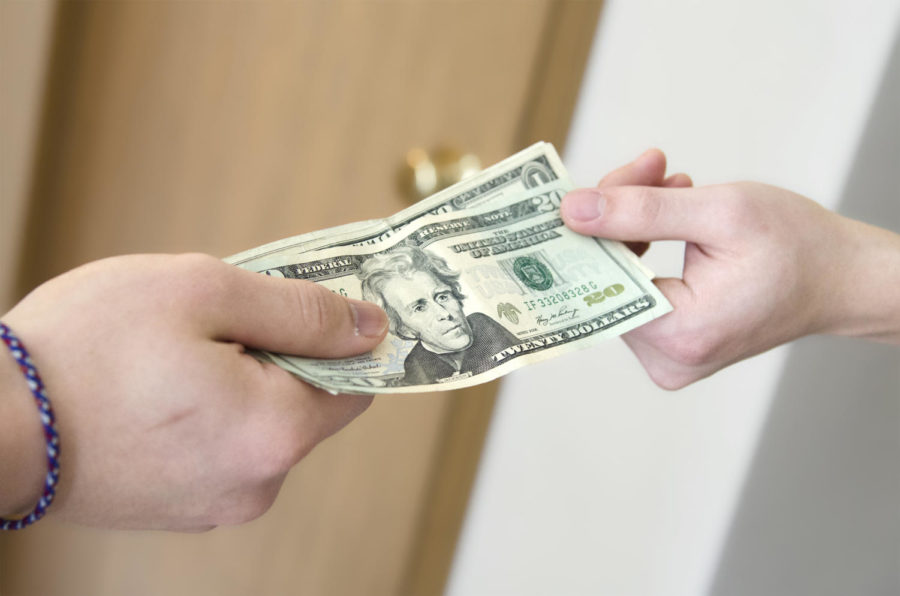Editorial: The fight isn’t over for student loan spike
Congress left for the July 4 holiday with a promise of compromise when it returns on bringing student loan rates back down. On July 1, rates doubled to 6.8 percent.
July 3, 2013
Sour news reached the ears of thousands of students who yearn for a higher education on the morning of July 1, as Congress’s inability to come to a decision resulted in a tremendous interest rate spike.
The debate on Stafford loan rates was reborn from last year, when Congress pushed a one-year extension of the 3.4 percent interest rate to create time for a longer-lasting decision to be reached. However, the year provided has come and gone without the creation of any long-term agreements.
Fears of this rate hike have echoed since the beginning of summer, as the current Congress has proven itself unwilling to find negotiable terms on many debates.
Once the rate hike sets in, interest rates on subsidized Stafford loans will increase from the current 3.4 percent to a double 6.8 percent.
For students who depend on government loans and grants to afford their education, this is terrible news. Congress’s indecision will cost the average student who takes out Stafford loans approximately $2,600, according to a Congressional report.
Even in an age where college educations are sometimes close to or more than $40,000, $2,600 is a hefty chunk. To many who are eligible for college on solely academic merit, it’s a big enough chunk that higher education may no longer be an option.
Imagine working through four years of high school, hoping that your GPA and test scores will grant you the federal or scholarship assistance you need to afford college. Imagine graduating and planning for your university education only to have the cost jump by over $2,000 for each year.
Dreadful as the interest spike is, the game isn’t over yet. The loan rates have doubled as of July 1, but a retroactive decision may be made to overturn the increase.
As the interest hike rolled in, Congress was released for a week-long recess during the Fourth of July holiday. If enough public outrage is stirred up by the time Congress meets again on July 9, perhaps it will address the problem with more urgency. Many Congressmen have expressed they wish to return to Washington, D.C., and retroactively “fix” the interest rate spike. However, the problem remains that they have differing ideas of what will fix the problem.
Democrats want to extend the 3.4 percent interest rate until 2015, while Republicans want to have a more flexible rate that matches market interest rates, not exceeding 8.25 percent.
In either case, this is not the time to quietly accept the decisions made my federal lawmakers. Even if you are not personally affected by the increase, undoubtedly you have a friend or family member who depends on the consistency of low loan rates previously provided by the government.
In order to convince Congress that a decision must be reached, complaints have to be voiced. Letters and emails to your Congressmen have all the power that they used to, but in the present day and age, social media outrage can be even more effective.
To prevent the interest spike from hurting the future of thousands of students, we have to make a little noise.

















